Jane Goodall Institute Belgium
What do we do?
A healthy planet where people make compassionate choices to live sustainably and in harmony with each other, the environment and other animals. That is the mission of the Jane Goodall Institute Belgium.
Daily our team, volunteers and sponsors work to bring Jane’s dream to life. We do this through our nature restoration events that create ecosystems and support local communities. Whether it is tree planting, creating nest boxes for swifts or insects, or our cleanup actions, we involve people of all ages to make a significant impact.
We relentlessly create awareness on the need to protect endangered species in general. But because of Jane's life story we focus primarily on chimpanzees. The Jane Goodall Institute Belgium supports conservation projects in Burundi and Senegal. As well as the Chimp Eden Sanctuary in South Africa.
Our youth empowerment programme, Roots & Shoots, guides young people in Belgium on the importance of leading a sustainable lifestyle and becoming humanitarian leaders.
We are proud of our efforts. They make a difference to local communities each day in Belgium and Africa
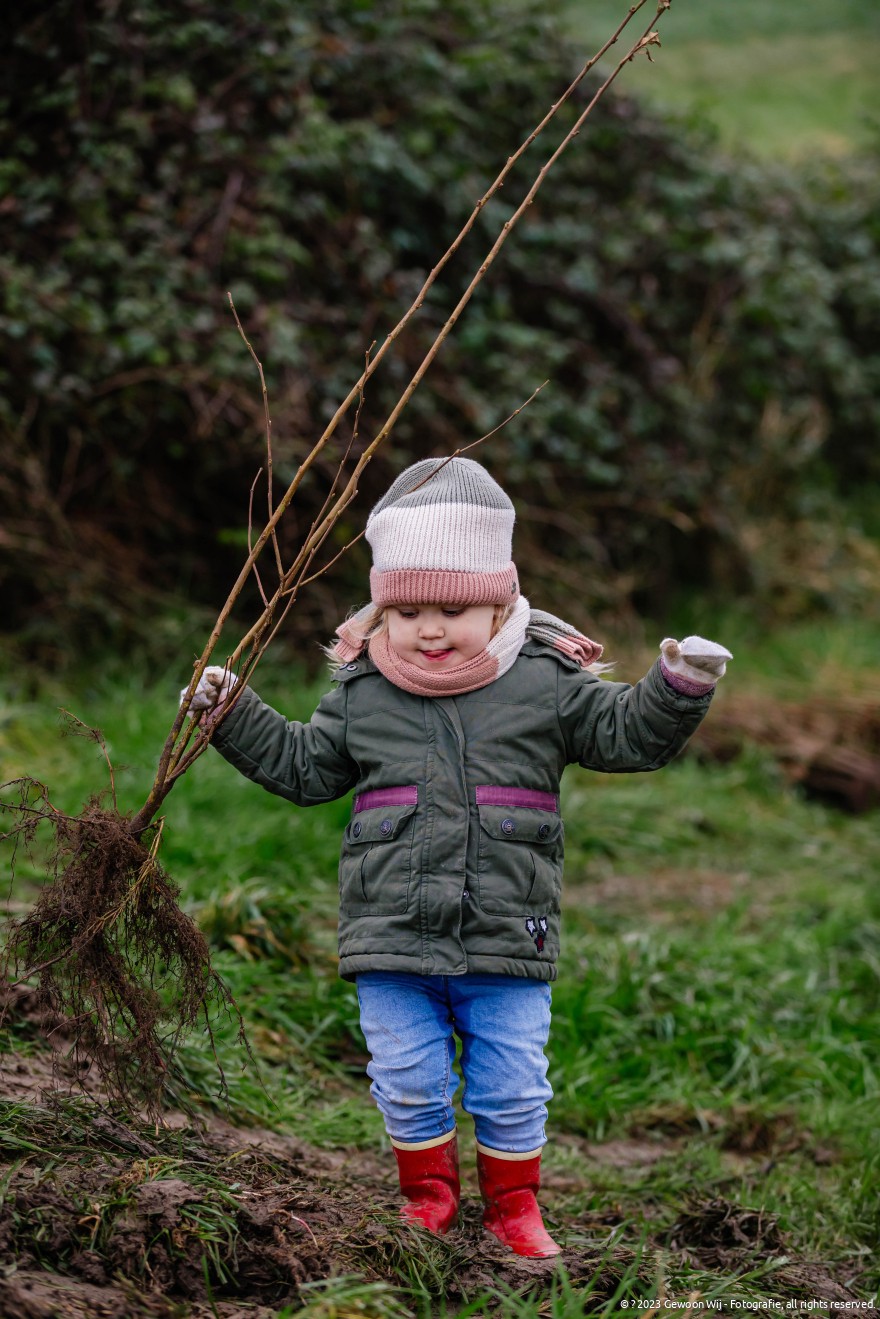
Our values
The Jane Goodall Institute Belgium is not your average animal welfare and nature conservation non-profit organisation. What sets us apart is our founder Dr. Jane Goodall, who not only gives us continuous inspiration but also cleared the path forward in the first place by showing us the way to make a real difference in this world.
The spirit of Dr. Jane Goodall is embedded in all that we do as her work is the foundation on which we build. Our mission is to get the next generation ready to create a better world by caring for the environment, people and animals. But we also want to encourage this generation to take action now and inspire people to participate and start small local projects on their own.
We are part of nature and part of a carefully balanced ecosystem. That’s also reflected in what we do. We stay connected to our roots and pull up our sleeves to get into the dirt and do the work. On the other hand, like leaves on a tree, we reach for the sky and aim to reach as many people here in Belgium as well as throughout the world with our projects in Africa and through collaborations with other Jane Goodall Institutes around the globe.
Through our ecosystem, and with Dr. Jane Goodall as our guide, we challenge ourselves to create real change and action. If you want in on the action, this is our manifest on how we can make this happen.
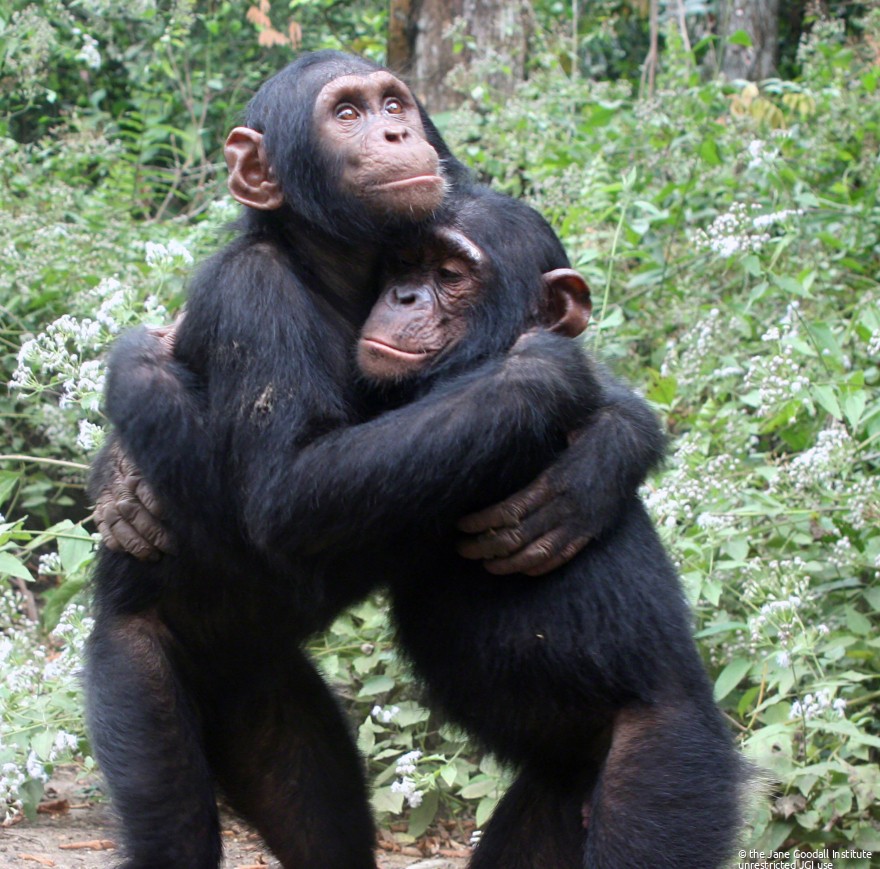
Our team

Lana is responsible for the general coordination of the Jane Goodall Institute Belgium. She joined us in 2022 after having met Dr. Goodall 10 years earlier in NY and being blown away about her work with youth empowerment.

Céline Parralo-Risco
Roots & Shoots coordinator (NL) at Jane Goodall Institute Belgium
Céline joined JGI Belgium in 2022 after having heard Jane's lecture at the university of Kent in February 2020.
"I focus on encouraging young people to have a positive impact on the planet and to spread the message, in a fun and playful way. By giving workshops and activities, we inspire, empower and encourage youth to take actions together and become the actors for change our world needs."
Favourite Jane quote: "You are never too young to make a difference."

Léa Guitton
Roots & Shoots coordinator (FR) at Jane Goodall Institute Belgium
Léa is responsible for the french Roots & Shoots coordination and the communications of the Jane Goodall Institute Belgium. She joined us in 2024 after completing her internship in the institute. She has just completed her master's degree in humanitarian project management in Canada. Succeeding in linking education and the environment was her dream, which is about to become a reality!
Our ambassadors
A special mention to our ambassadors who help support our operation and share our story.

Louis-Philippe Loncke
Louis-Philippe Loncke is a Belgian explorer and adventurer. He is also Fellow of The Explorers Club, together with Dr. Jane Goodall.
“I met Jane in May 2010 and what a surprise to receive an email 15 months later asking me to be an ambassador. I was just starting my BelgiKayak expedition. She is a symbol of hope to me. She continues to act for her beliefs, for her passion to preserve the animals, the environment and the people.”

Marc De Bel
All my life I have been fond of children and (other) animals. To be honest, I can only live two days without. On the third day I start to get pimples, noise in my ears and other aging symptoms. That is why I am very proud of my title as ambassador for JGI Belgium.
Marc De Bel wrote the children's book ‘Kleine pan’ about a small chimpanzee. Jane wrote the preface for the book.

Charline Van Snick
Former top-level judoka, Charline has long been committed to the environment, maintaining a sustainable and vegetarian lifestyle. She fights for respect, equality and justice for all living beings, and has been a sponsor for Île de Paix.
In 2023, she participated in our reforestation action in Limburg, in collaboration with Sylva Nova.
Our board
Our Board of Directors are committed professionals from around Belgium. We’re so proud to have them on our team, and benefit from their leadership every single day.
Our board consists of 8 people and they come together monthly to discuss the strategy.
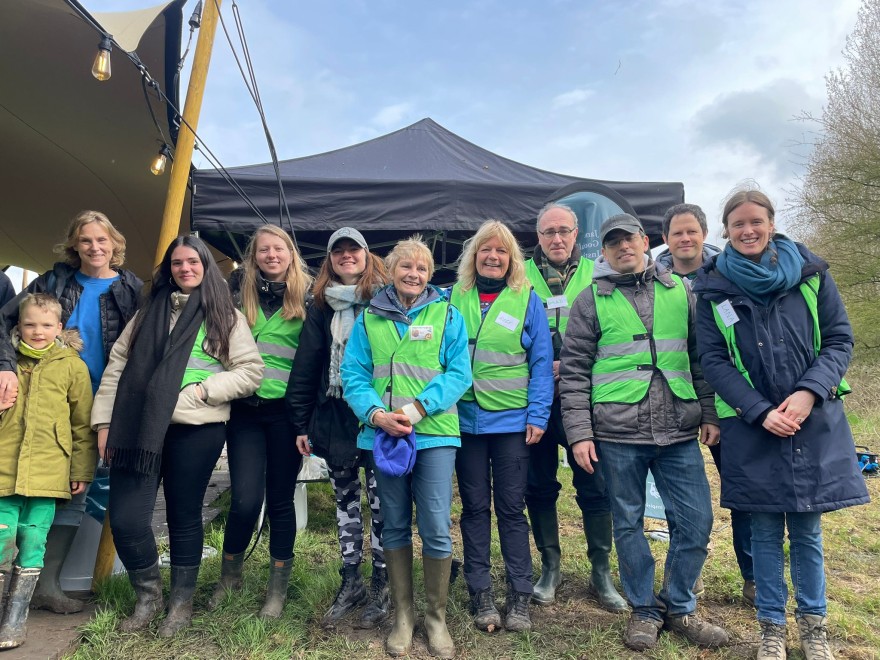
Our general assembly
The Jane Goodall Institute employs people who put their unique skills at the service of the values, vision and will of Dr Jane Goodall. We are a team of people who love people, people who love the planet and animals who respect and strive to protect animals in every decision and action they take. We are exceptionally passionate, focused and committed to conserving the world we all share.
Jane Goodall was an honorary member of the JGI Belgium General Assembly. Find out who the other members of our assembly are:
- Koen Margodt
- Nektaria Moskofidis
- Jonathan Murray
- Paul Bertrac
- Erwin De Spiegeleire
- Iva Tsvetkova
- Sandra Moreau
- Tania Parys
- Gabrielle De Vliegher
- Angelo Casserta
- Kurt Peleman
- Tania Dreelinck
- Margaux Ysebaert
- Mari Saarteinen
- Kathelijne Bonne
- Lara Piret
Partners
This would not be possible without the help of our partners. We have a lot of partners, but we'd like to say a special thank you to our big partners who make it possible for us to continue our work.
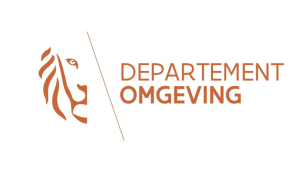
Vlaamse overheid

Luminus

Qi Green
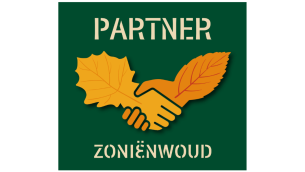
Sonian Forest

Ethias

Belgian Biodiversity Alliance
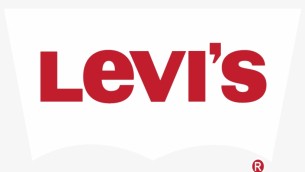
Levi's
Technical partners

Sylva Nova

De Bosgroepen

SoWoods
Pro-bono partners

A&O Shearman

Vertis

UPS

HR One
 |
Your donation will be used to restore nature in Belgium and Africa, and to provide help and protection to chimpanzees. We believe it is important to be transparent about the impact of your donation. You can read a full overview of how your donation is used in our annual report. |
How we use your donation?
|
